Researchers show that they can perform nanoscale thermal analysis on stiff materials like epoxies and filled composites.


Researchers show that they can perform nanoscale thermal analysis on stiff materials like epoxies and filled composites.

It’s a fascinating time for polymer science in fields as diverse as energy generation, biomedical applications, and nanotechnology.
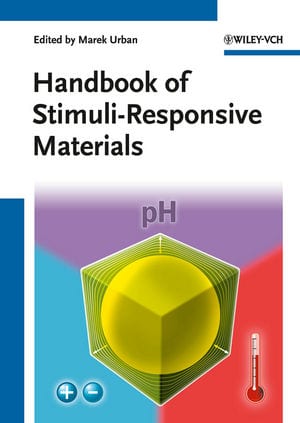
Prof. Sergiy Minko of Clarkson University reviews the new Handbook of Stimuli-Responsive Materials.

A new hybrid structure of ZnO nanowires and polythiophenes with nanometer-scale ordering and a high crystallinity could be used for hybrid photovoltaics.
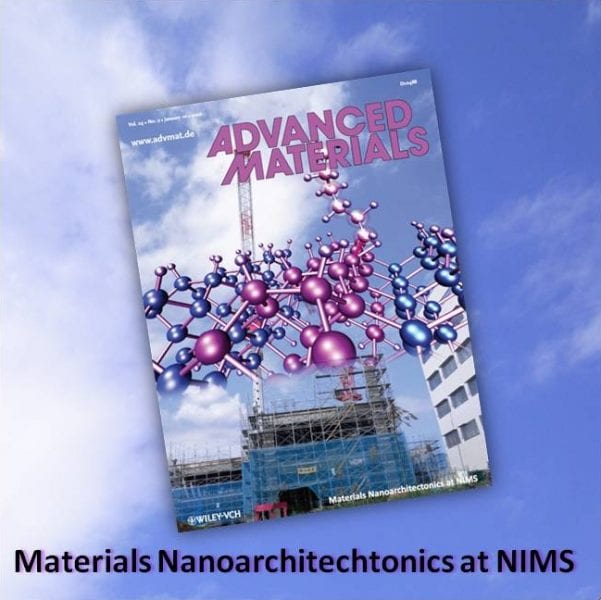
The International Center for Materials Nanoarchitectonics (WPI-MANA) features in a new special issue from Advanced Materials.
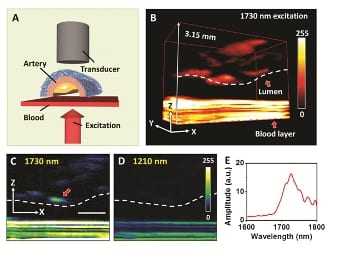
Label-free imaging of atherosclerotic plaques is achieved by an optical window between 1600-1850 nm for bond-selective deep tissue imaging.
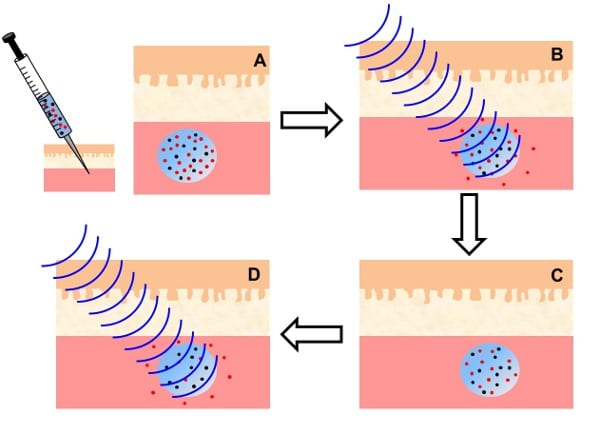
Iron oxide nanoparticles can be used to provide a local source of heating in a thermoresponsive sol–gel copolymer solution.
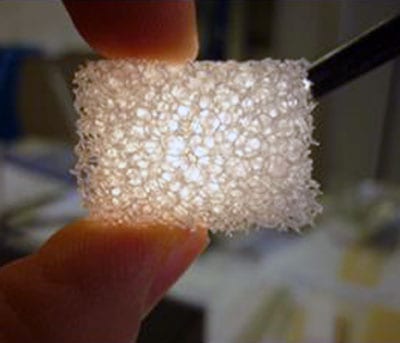
The properties of transparent glass sponges make them an ideal light source for photobioreactors for producing biofuels from algae.

Workers with existing allergic conditions have worse reactions when exposed to nanoparticles, caused by a Trojan horse known as an exosome.

Specialized materials that do not change their volume with alteration of temperature may now be easier to produce, thanks to work into the mechanism of such behavior in antiperovskite manganese nitrides.